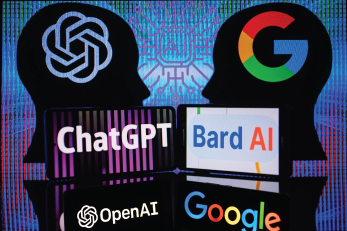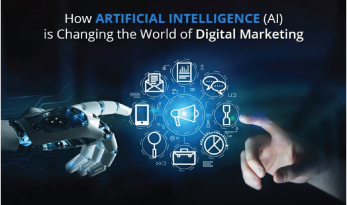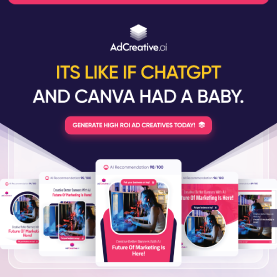The Layers of AI: AI, ML, and DL Explained
Artificial Intelligence (AI): The Big Picture
AI refers to the broader concept of machines performing tasks that typically require human intelligence. These include recognizing speech, making decisions, and solving problems. AI encompasses various approaches, from rule-based systems to modern neural networks.
Machine Learning (ML): The AI Subset
ML is a subset of AI focused on enabling machines to learn from data without being explicitly programmed. It involves training algorithms to make predictions or decisions based on patterns in the data. Common ML applications include fraud detection, recommendation systems, and predictive analytics.
Deep Learning (DL): The ML Subset
DL is a specialized branch of ML that uses artificial neural networks modeled after the human brain. These networks consist of multiple layers, enabling them to process large datasets and learn complex patterns. DL has revolutionized fields like image recognition, speech synthesis, and natural language understanding.
Foundation Models: The Game Changers
Foundation models, such as GPT (Generative Pre-trained Transformer), represent a new paradigm in AI. These models are pre-trained on vast datasets and can be fine-tuned for specific tasks. They power applications like chatbots, generative AI tools, and advanced recommendation systems.
Key Features of Foundation Models:
- Scalability: These models handle diverse tasks without needing separate architectures for each one.
- Multimodal Capabilities: Some foundation models process text, images, and other data types simultaneously.
- Adaptability: They can be fine-tuned to suit industry-specific needs, from healthcare to entertainment.
Advancements in Generative AI
Generative AI is reshaping industries with tools that create realistic and innovative content. Here are the latest breakthroughs:
Large Language Models (LLMs):
These models, like GPT-4, excel at generating coherent and contextually relevant text. Applications include:
- Writing assistance.
- Code generation.
- Customer support automation.
Chatbots:
AI-powered chatbots have evolved from basic query responders to sophisticated conversational agents capable of understanding context, tone, and intent. They’re now key players in customer service and personal assistants.
Deepfakes:
While controversial, deepfakes demonstrate the power of generative AI in creating hyper-realistic audio and video content. They highlight both the creative potential and ethical challenges of this technology.
Misconceptions About AI and Its Subfields
AI Is Not Just Automation:
While automation is a part of AI, true AI involves learning, reasoning, and adapting—qualities beyond mere repetitive tasks.
ML Isn’t the Same as DL:
ML covers a broader spectrum of techniques, while DL specifically leverages deep neural networks for more complex problem-solving.
Generative AI Doesn’t Think:
Generative AI produces outputs based on learned patterns and probabilities. It doesn’t “think” or “understand” in a human sense.
The Impact of These Technologies
AI, ML, DL, and foundation models are driving transformation across industries:
- Healthcare: AI aids in diagnosis, drug discovery, and personalized treatment plans.
- Finance: ML algorithms enhance fraud detection and algorithmic trading.
- Education: Generative AI creates personalized learning experiences.
- Entertainment: Deepfakes and generative tools redefine content creation.
Simplifying Complex Concepts
Understanding AI technologies can be daunting, but breaking them into their components reveals their unique roles. Think of AI as the overarching field, ML as the data-driven learner, and DL as the intricate problem-solver with neural networks. Foundation models and generative AI build on these layers to create adaptable and scalable solutions.
Closing Thoughts
As Jeff Crume explores, the distinctions between AI, ML, DL, and foundation models are crucial for understanding how these technologies shape our world. By simplifying these concepts and examining their evolution, we can better appreciate their potential and navigate the ethical challenges they bring. From chatbots to deepfakes, generative AI is just the beginning of what’s possible in this rapidly advancing field.


